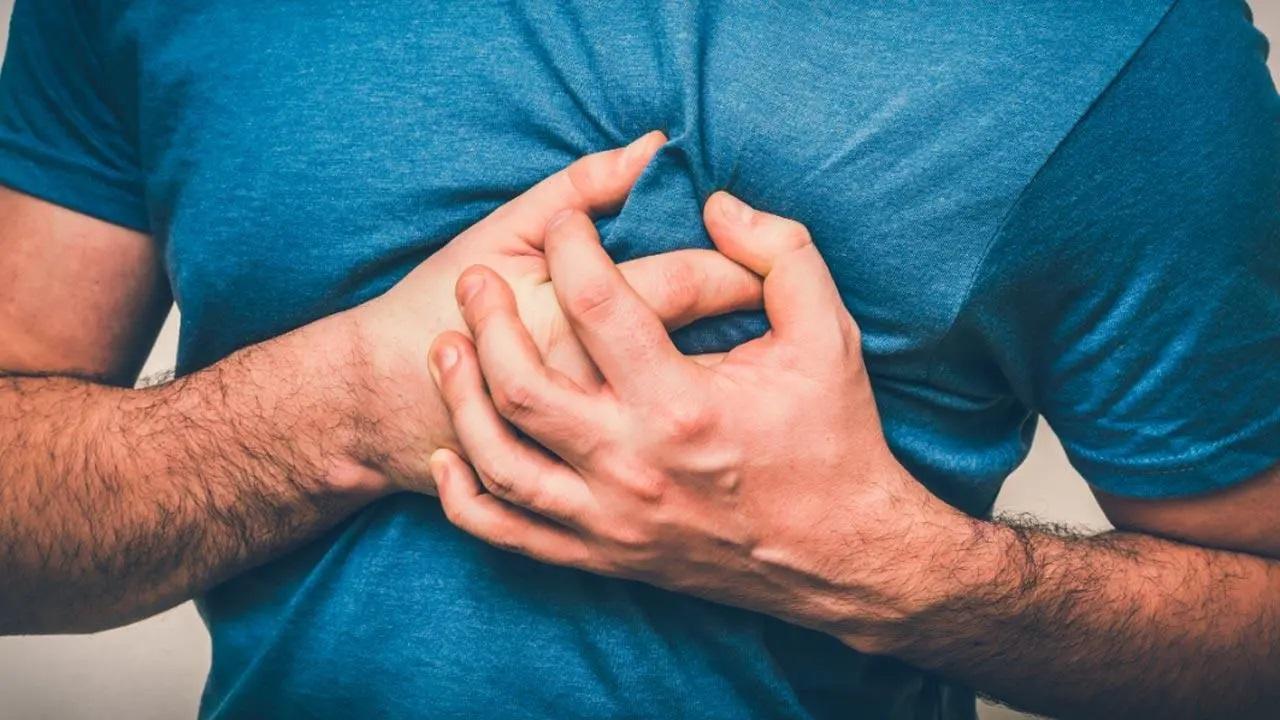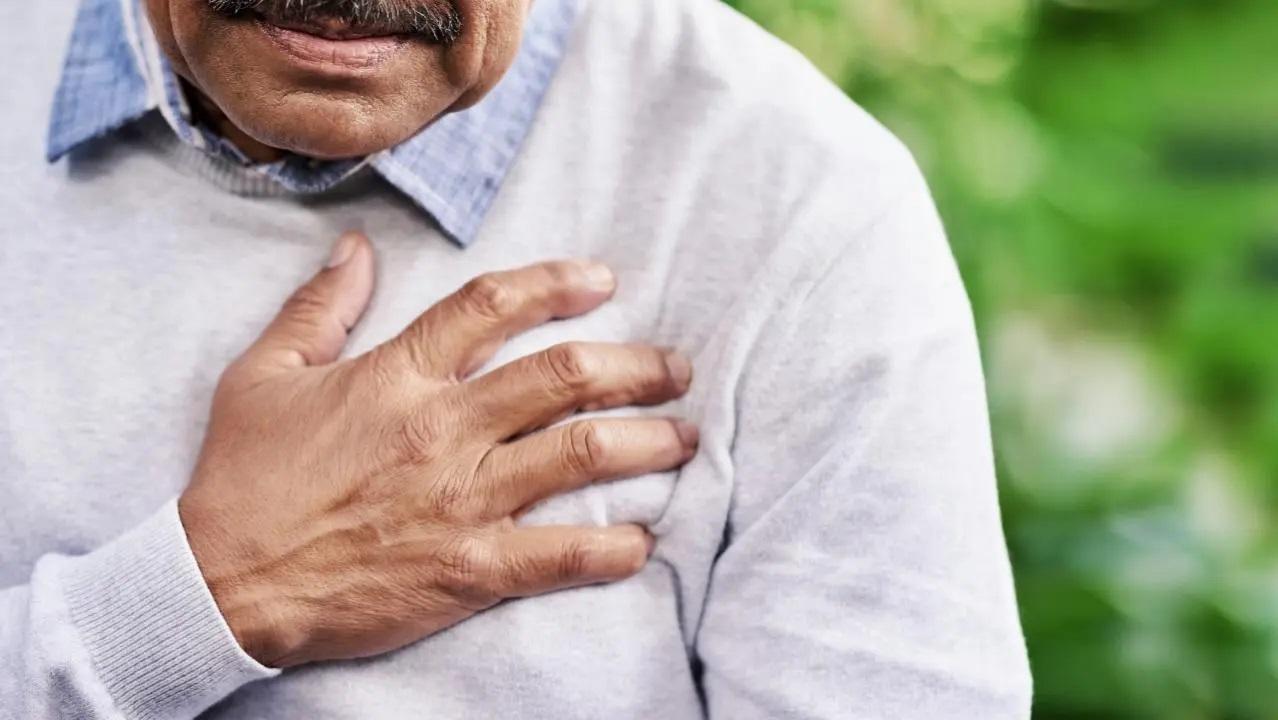
A heart attack is a life-threatening condition that happens when the heart comes to a standstill and does not pump blood. If one finds themselves in such a condition, be alert to the symptoms and call for help. In case you find yourself alone in a situation where you are facing a heart health emergency like a heart attack or cardiac arrest, first call emergency services. For India, call 112, 102 (for ambulance), or 108 immediately, or keep private ambulance numbers handy and dentify the hospital closest to you that you can go to in an emergency
Updated On: 2023-06-15 08:30 AM IST
Compiled by : Editor


The red flags of a heart attack include breathing difficulty, flu-like symptoms, back pain, chest pain, nausea, vomiting, rapid or irregular heartbeats, pain or discomfort in one or both arms, the back, neck, jaw or stomach, dizziness or lightheadedness and fainting. Warning signs for a cardiac arrest include a sudden loss of responsiveness or consciousness, chest discomfort or pain that may radiate to the arm, neck, back, jaw, teeth, and up to umbilicus, shortness of breath with or without chest pain, nausea, vomiting, lightheadedness, or cold sweats, absence of normal breathing or gasping and undetectable heartbeat. So, get help immediately.
If you find yourself unable to take action, employ steps to quickly calm down so that you can call for help and remain composed till it arrives. Focus on taking long and deep breaths. Lie flat and elevate the legs with two pillows. Don’t eat or drink anything unless the patient has low sugar, in which case sugar can be placed in the mouth
For those around the person, do not make the person walk, sit, drink or eat. Check the pulse of the person immediately. If they are not breathing or are unconscious, conduct the CPR procedure, which can be life-saving. CPR involves chest compressions and rescue breaths to help maintain blood circulation and oxygen supply until professional help arrives.
Maintain a healthy diet of fruits, vegetables, whole grains, pulses, lentils, legumes, lean proteins, and limit the intake of processed foods, saturated fats, and added sugars. Avoid tobacco and alcohol consumption.
Engage in regular physical activities like swimming and yoga and aerobic exercise like brisk walking for at least 30 minutes, five times a week.